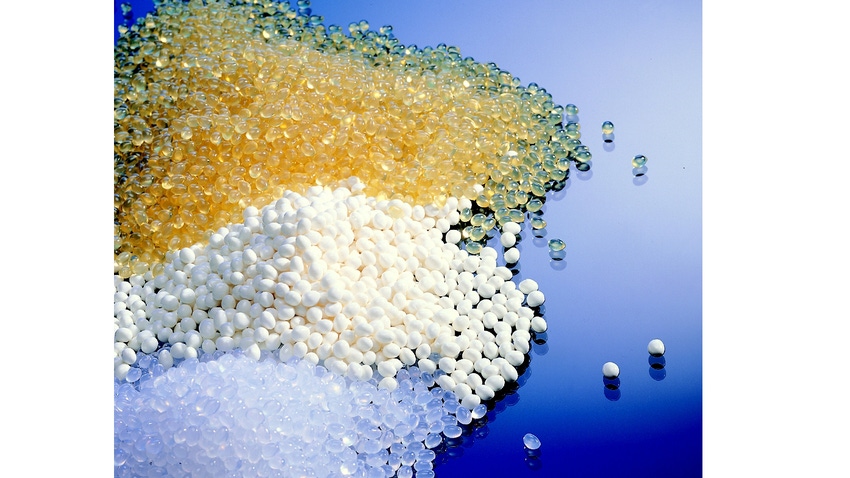Things to consider about adhesives in packaging
December 10, 2014

In packaging, adhesives are a significant expense—and a potential area for savings when done efficiently. Typically, you will be bonding major flaps (the outside larger flaps) to the inside minor flaps. It might not seem like a deal-breaking process, but it can be if you are unable to meet customer expectations or if you are wasting glue in an attempt to keep packages as secure as possible.
For our purposes, we are referring to adhesives for packaging that requires applying adhesive to the minor flaps so that the major flaps can be folded over and pressed against it as the adhesive sets. In short, there are right ways and wrong ways to do this, and they vary quite a bit.
Below are a few tips for finding the right pattern to save you on adhesive costs while ensuring your seal is reliable.
When gluing, what should I consider?
Your top goal is customer satisfaction. Imagine grabbing a package or corrugated box and pulling on it as the entire major flap shreds in your hands. That is exactly what you are trying to avoid in most cases—but you also don’t want something that will open en route.
In general, your customers want something that will arrive to the end user safely intact. They want it to be secure, but they don’t want to have to destroy the entire package just to get inside—especially if they’re opening packages and stocking shelves on a regular basis.
You must also consider environment of shipping. For example, a package that sits in a hot truck in the South will have its bonds tested by pressure, and the adhesive itself could weaken. For environmental factors, that’s where you must consider the type and amount of adhesive.
But don’t forget your own expenses and the risk of using excessive amounts of adhesive. You can’t expect to douse the flaps with hot adhesive and expect to save on material costs. Consequently, you must adjust your math frequently to find the right amount of glue—no more, no less—to provide just the right amount of pull to pull the flap away.
What glue pattern makes the most sense?
There is no single perfect glue pattern. Because of that, packagers should understand that it is not one-size-fits-all when it comes to applying adhesives. Further, it does not always make sense to err on the side of too much adhesive, as that can run up your materials bill and not always make the customer happy with the end result.
The perfect glue pattern takes into consideration multiple elements: the adhesive itself, the bead profile, the width and length, temperature (as well as temperature of substrates), the right speed, compression and bond capacity that meets customer specifications.
As you might have taken from the section above, the perfect glue pattern varies from package to package, or more specifically, customer to customer. Expectations vary, so that’s where customer service and relationship come in. Essentially you must test methods and tweak each of the considerations above to find the proper gluing pattern.
How does a pattern controller make packaging more efficient?
Pattern controllers come in multiple forms and perform different functions, but in general, they do exactly as the name suggests. They control patterns and timing so that you limit human error and have more consistent gluing operations.
As you run an automatic adhesive system, you can see the box advance through the packaging machine. That includes folding the product, and folding the flaps together as the box advances through either erecting or sealing applications. A pattern controller will time phases of gluing and delaying.
The more you can customize the pattern controller, the more likely you are to find and consistently use the proper adhesive pattern to keep customers happy and prevent over- or under-gluing. Ultimately, using a pattern controller will help you achieve a more efficient operation so that you can limit waste and ensure that you are meeting the right standards every time.
Pierce Covert is the president of Glue Machinery Corp., a company that builds, sells and services industrial hot-melt and cold-glue systems used worldwide by a range of manufacturers.
About the Author(s)
You May Also Like


